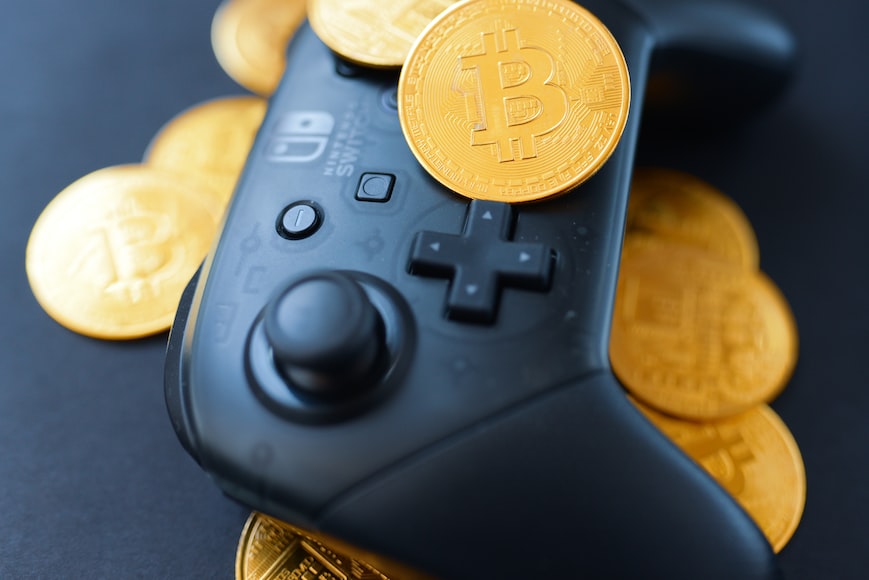Published on: 17/08/2022
P2E games: Should fun be sacrificed over function?

The popularity of play-to-earn games such as Axie Infinity has paved the way for blockchain-based P2E games to shine. However, as the gameplay in P2E games is often rudimentary, their success has also led some to question whether “fun” is a necessary component in P2E games at all.
There is a significant difference between pay-to-earn and traditional gaming experiences with consoles and PC. Due to blockchain technology’s restrictions on gaming, crypto games are generally two decades behind compared to their traditional counterpart.
Despite the various advantages of blockchain technology, most crypto games fail to offer a memorable experience for their players. So far, most of the titles, disguised as RPGs, focused on digital trading card battles and decentralized finance.
Udi Wertheimer, a blockchain game analyst, pointed out that the lack of fun and a comparable experience to the traditional gaming market are some reasons why crypto games are not popular.
According to Anton Link, the CEO of Unitbox Protocol, play-to-earn gamers are more focused on making money than having fun.
“Unlike most Web2 titles, fun is not what play-to-earn gamers aim for,” Link said. “Their main goal is to make a profit and be the first to gain new valuable experience that they can effectively use as a guild or cybersports team member to monetize their time.”
Taking on big industry
The adoption rate of the traditional gaming industry is much higher than that of TV and movies. According to a report released by Newzoo, the global video games market is expected to reach $200 billion by 2022, with an estimated 3 billion players. This is significantly higher than the 320 million crypto users globally.
According to estimates by Wertheimer, the demand for blockchain games will remain sluggish, with only around 0.5 percent of the gaming segment accounting for 16 million users.
On top of that, nothing stops people from playing traditional games on their mobile devices, PCs, and consoles. In this case, taking the lead in the gaming industry seems like a long shot for blockchain games.
In terms of the potential of the blockchain gaming industry, Link noted that the GameFi and NFT sectors would be the main drivers of the industry’s growth in the next few years. He also noted that the mass migration of players to the crypto industry through DeFi-based platforms would support the blockchain gaming sector.
“ayyy what are you doing tonight let’s play the new crypto game together!”
said no one ever
because crypto games aren’t fun
and also don’t exist
— Udi | BIP-420 🐱 (@udiWertheimer) August 2, 2022
Other common issues in P2E
The practice of forcing users to purchase items or tokens in-game is still considered one of the greatest barriers to entry to P2E gaming. This is besides the fact that many DeFi applications are disguised as games. For instance, Crypto Raiders, DeFi Kingdoms, Sunflower Land and Farmers World players would have to invest in the game to receive “free” in-game rewards.
Nick Kreupner, the founder of Crypto Raiders, noted that traditional gamers are also worried that the monetization of their hobby could negatively affect their enjoyment of gaming, saying, “gamers really push back against microtransactions”.
Despite the various challenges decentralized finance apps face in onboarding their users and creating sustainable economies, however, Link expected that institutions would support them sooner or later.
“Once the institutional lending infrastructure is in place, we expect the demand for NFTs to rise as well, as institutional money can flood into the country due to the additional utility that comes from securing their NFTs,” said Link.
In the near future, players might no longer have to spend money on digital monsters and spaceships to play P2E games. While monetization and microtransactions could not immediately disappear from games, David Titarenco, the co-writer of Introducing Meteor, noted that making games as accessible as possible is important to retain and attract players.
-
Esports // 2022-08-18
Wisdom Gaming launches new Web3 division



